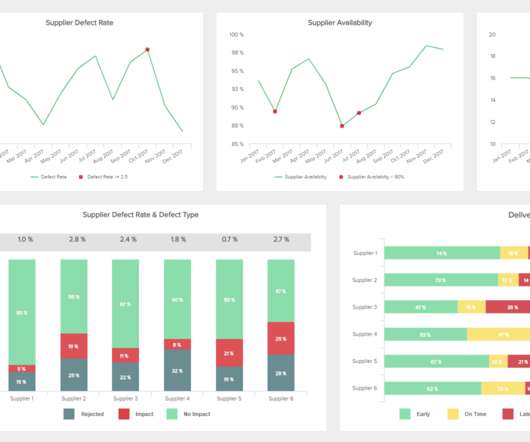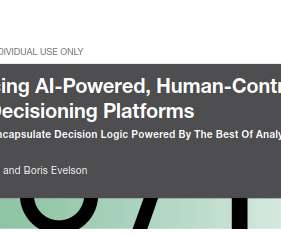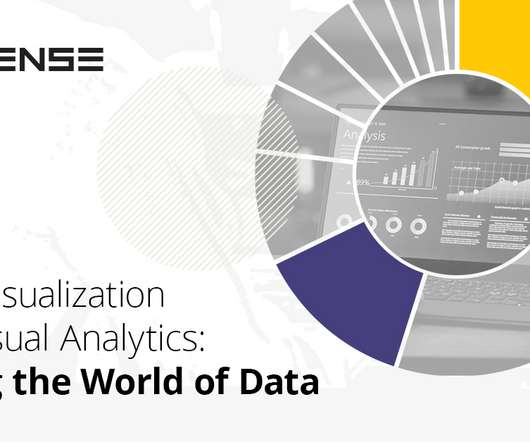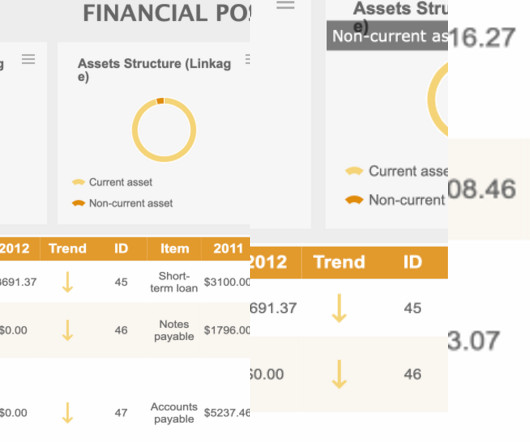Three Types of Actionable Business Analytics Not Called Predictive or Prescriptive
Rocket-Powered Data Science
OCTOBER 6, 2023
In the enterprise, sentinel analytics is most timely and beneficial when applied to real-time, dynamic data streams and time-critical decisions. The analytics triage is critical, to avoid alarm fatigue (sending too many unimportant alerts) and to avoid underreporting of important actionable events. Pay attention!
























Let's personalize your content